Moods, Emotions,
and Aging
Moods, Emotions,
and Aging
Hormones and the
Mind-Body Connection
Phyllis J. Bronson
with Rebecca Bronson
ROWMAN & LITTLEFIELD PUBLISHERS, INC.
Lanham Boulder New York Toronto Plymouth, UK
Published by Rowman & Littlefield Publishers, Inc.
A wholly owned subsidiary of The Rowman & Littlefield Publishing Group, Inc.
4501 Forbes Boulevard, Suite 200, Lanham, Maryland 20706
www.rowman.com
10 Thornbury Road, Plymouth PL6 7PP, United Kingdom
Copyright 2013 by Rowman & Littlefield Publishers, Inc.
All rights reserved. No part of this book may be reproduced in any form or by any electronic or mechanical means, including information storage and retrieval systems, without written permission from the publisher, except by a reviewer who may quote passages in a review.
British Library Cataloguing in Publication Information Available
Library of Congress Cataloging-in-Publication Data
Bronson, Phyllis J., 1952
Moods, emotions, and aging : hormones and the mind-body connection / Phyllis J. Bronson with Rebecca Bronson.
p. cm.
Includes bibliographical references and index.
ISBN 978-1-4422-2101-7 (cloth : alk. paper) ISBN 978-1-4422-2102-4 (electronic)
I. Bronson, Rebecca. II. Title. [DNLM: 1. Hormonesmetabolism. 2. Women's Health. 3. Agingpsychology. 4. Mind-Body Therapies. 5. Womenpsychology. WP 505]
QP571
612.4'05dc23
2013004964
 TM The paper used in this publication meets the minimum requirements of American National Standard for Information Sciences Permanence of Paper for Printed Library Materials, ANSI/NISO Z39.48-1992.
TM The paper used in this publication meets the minimum requirements of American National Standard for Information Sciences Permanence of Paper for Printed Library Materials, ANSI/NISO Z39.48-1992.
Printed in the United States of America
This book is dedicated to Jesse Lawrence Boyce III, my beloved husband, who made the journey worth it all, and to Dwight M. Smith at The University of Denver, my scientific father.
Disclaimer
This book represents reference material only. It is not intended as a medical manual, and the data presented here is meant to assist the reader in making informed choices regarding wellness. This book is not a replacement for treatment(s) that may have been suggested by the readers personal physician. If the reader believes he or she is experiencing a medical issue, professional medical help is recommended. Mention of particular products, companies, or authorities in this book does not entail endorsement by the publisher or author.
Foreword
Dr. Phyllis Bronson brings a unique viewpoint to the subject of bioidentical hormone therapies. Because she has trained as a scientist, she is able to observe the effects of hormones, both the bioidentical and the synthetic analogs, in a dispassionate manner that transcends the current tendencies in medicine to create standards of practice by committee. Each of her clients is a study of one, the real key to creating successful outcomes for each individual.
There is a dimension in this book that is overlooked in most discussions about hormone therapies. This is the importance of the hormones that are created from amino acids, the individual pieces that make up proteins. Dr. Bronson does a careful analysis of each individual for clues to ensure that these amino-acid pieces are plentiful enough to create these other hormones that are so involved in mood, creativity, energy, and sense of self.
Dr. Bronson also explores the dimension of the psyche. She builds on the traditions of psychologists, particularly Jung, and offers her clients the opportunity to explore issues in their present and past life experience. It is a chicken-and-egg dilemma. Can the dysfunctions in relationships lead to hormone imbalances? Can the restoration of hormone balance create the opportunity to solve a trauma or to pave the way to heal a dysfunctional relationship?
Woven into the pattern of this book are the stories of her clients and most importantly, her own story. We are hardwired to empathize and learn from stories. As she tells her own story, she reveals a remarkable discovery. Balancing hormones can make a difference in ones recovery, and interestingly, since she is able to bring her science into stories, she finds that the body seems to demand much more in times of crisis. Little wonder then that many may find in difficult times that their bodies are not able to meet their needs for hormones and to find a path to healing the body and mind.
It may be some time before the medical community starts to address the lack of effectiveness of the one-size-fits-all or flowchart (if thisthen that) medicine. This book can serve as a beacon to those who feel that there are better answers that can guide them to demand the changes and the information they need to find their balance.
Carol Peterson, RPh, CNP
Wally Simons, RPh
Preface
Descents and Ascents: The Cycles of Life
When I was in my early fifties, I thought I had earned my way to happiness. Although I did not have an easy start to adulthood, I was raised to be very well educated and to do something with my life. Very few women went into the sciences or engineering when I was in college. Women who did often got a clear message that something was wrong with their femininity.
My first marriage was chaotic, and looking back, I can see that it was a choice made while looking for someone to take care of me after my fathers sudden and untimely death. While my sister and I were both scientifically inclined, I was first and foremost my fathers daughter. Suddenly, I was thrust into the world without much of a worldly foundation except being my fathers daughter, and he was gone. But as I have learned again and again, he left me a legacy of inestimable value, the courage to persevere and to believe in myself. This was the beginning of my journey into adulthood.
As always in my life, skiing was a salvation, and I did a lot of it. I also completed my first degree in chemistry and physics, and I went to work.
My next descent, and what I believed for a long while to be my major midlife crisis, occurred when my first husband returned to his native Canada, leaving me alone with a babyand not much else, except, once again, myself. I was determined to give my beautiful son, named after my beloved father, the childhood he deserved. For several years, we were alone, my boy and me.
Then I met Jesse, the love of my life. We raised my boy as ours, and Gordon was the joy of our lives together, and we found that rare, extraordinary marriage. We found it, and we were determined to not let anyone hurt it, although people from his past tried.
We were together for eighteen exceedingly happy years, during which time my son grew up into a magnificent young man. Then suddenly, my love, my vital, beautiful Jesse, was diagnosed with stage 4 cancer. He used to hike up Aspen Mountain every morning; he was so strong. But cancer is not selective. It takes what it wants.
I never believed he could die. When treatment with traditional oncology almost killed him, and then gave up on him, we went outside the box. That is how we discovered Dr. Burzynski, whom I discuss later, and whom I believed extended Jesses life for a year. However, our private and very expensive insurance company decided that they would not pay for treatment from Dr. Burzynski and for the one biological cancer drug that was truly helping save my husband, leaving us to spend thousands of dollars each month out of pocket for the one drug that this insurance giant claimed was not coded for Jesses exact cancer.
We intended to keep it all going. I would have, and indeed did, go to the ends of the earth to try to save my husband, but then he went downhill.
Next page
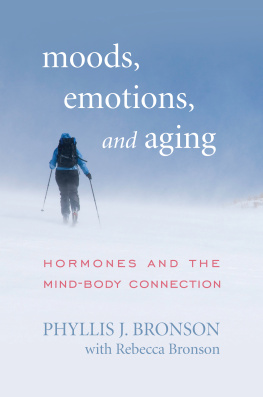
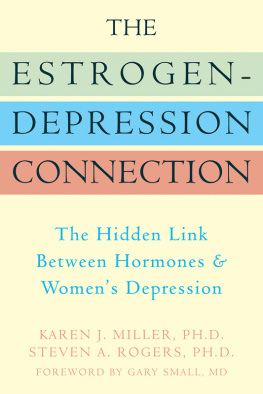

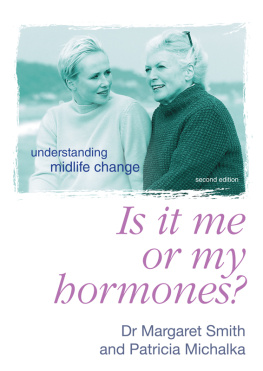
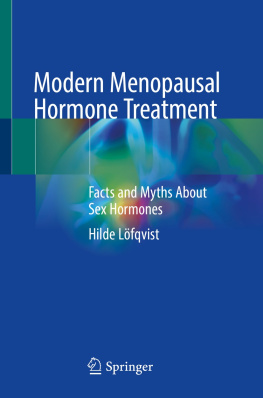
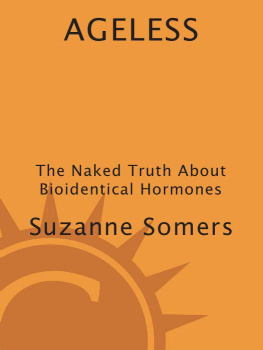
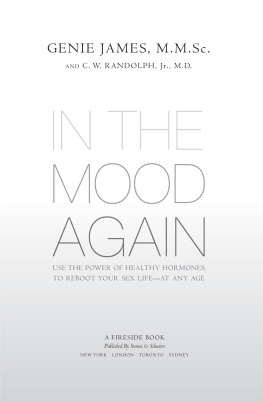
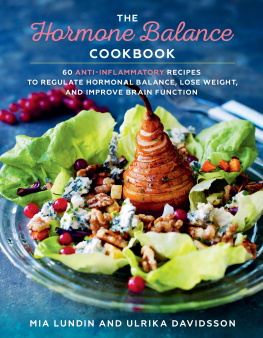

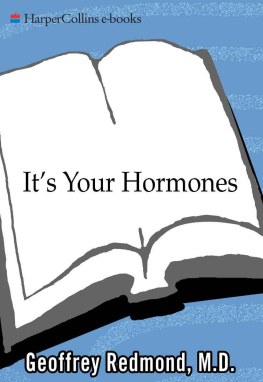
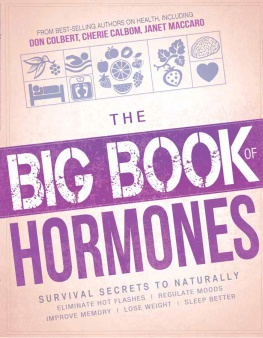
 TM The paper used in this publication meets the minimum requirements of American National Standard for Information Sciences Permanence of Paper for Printed Library Materials, ANSI/NISO Z39.48-1992.
TM The paper used in this publication meets the minimum requirements of American National Standard for Information Sciences Permanence of Paper for Printed Library Materials, ANSI/NISO Z39.48-1992.